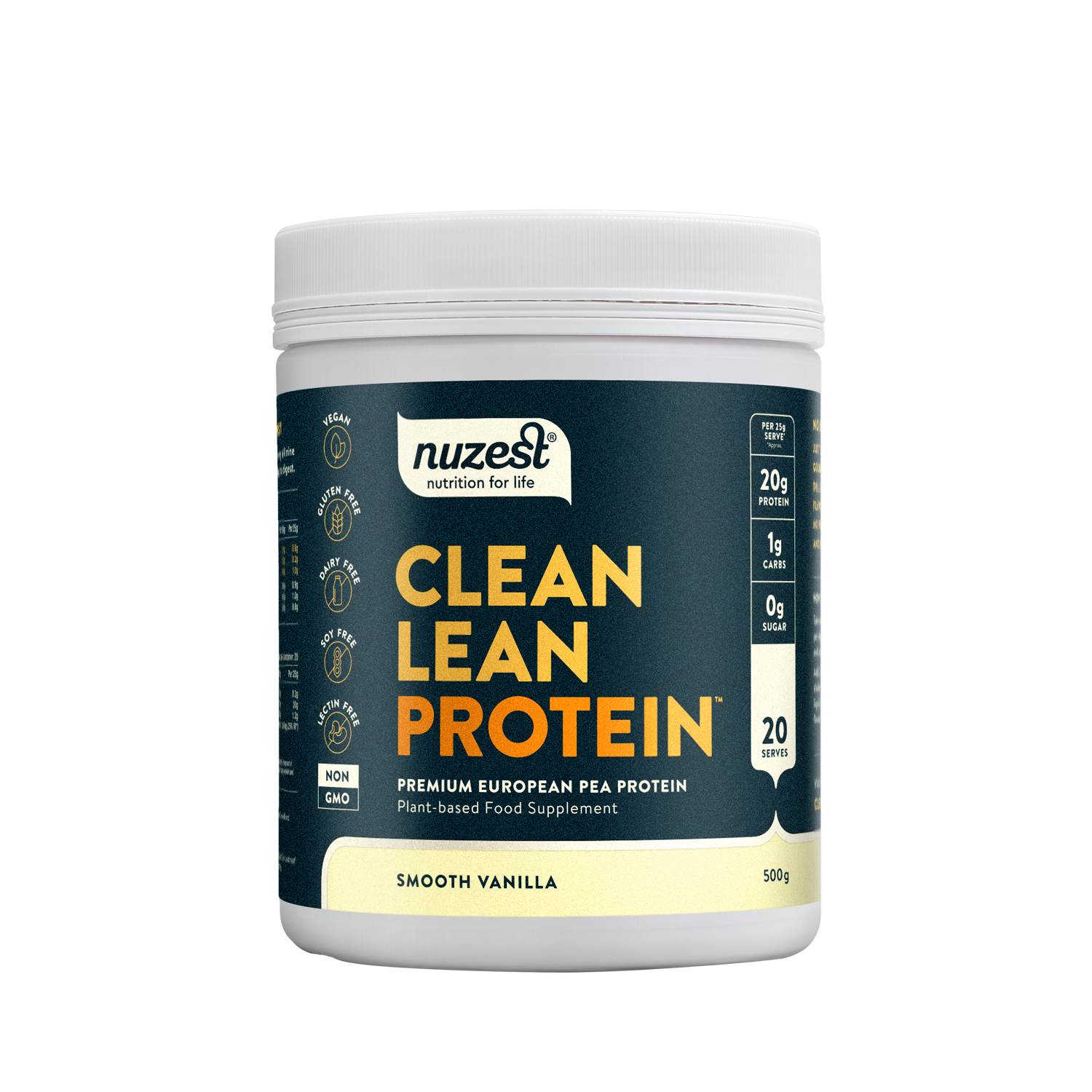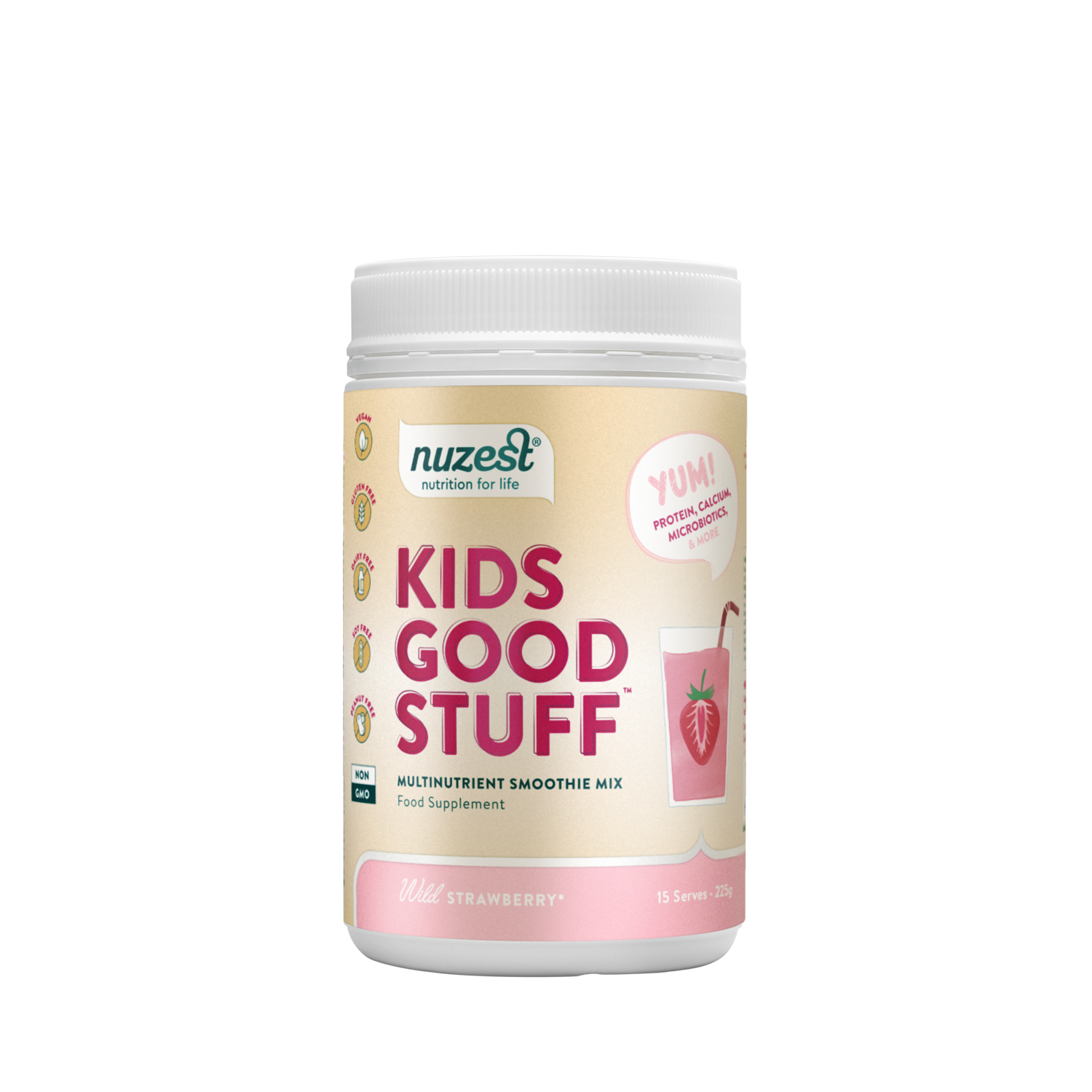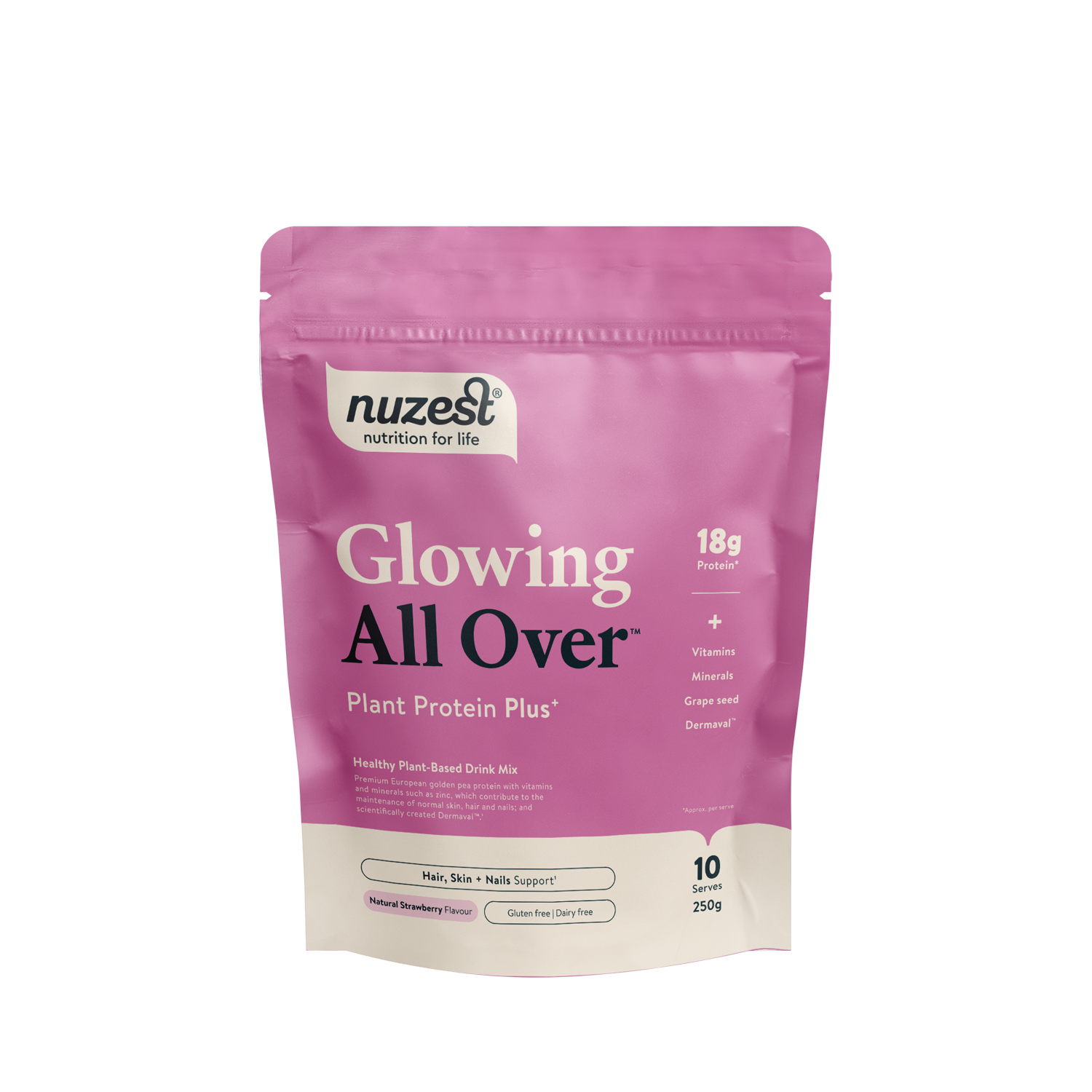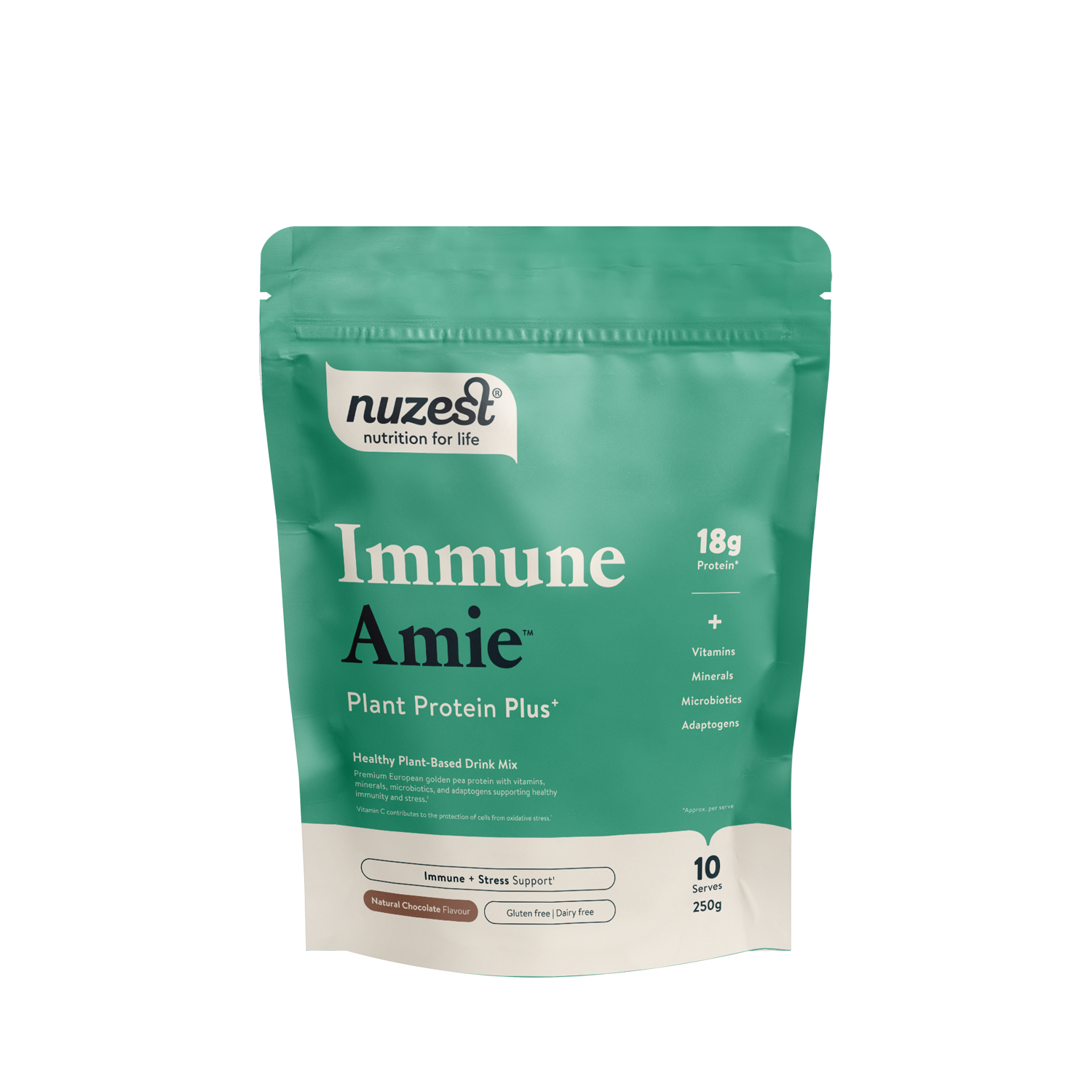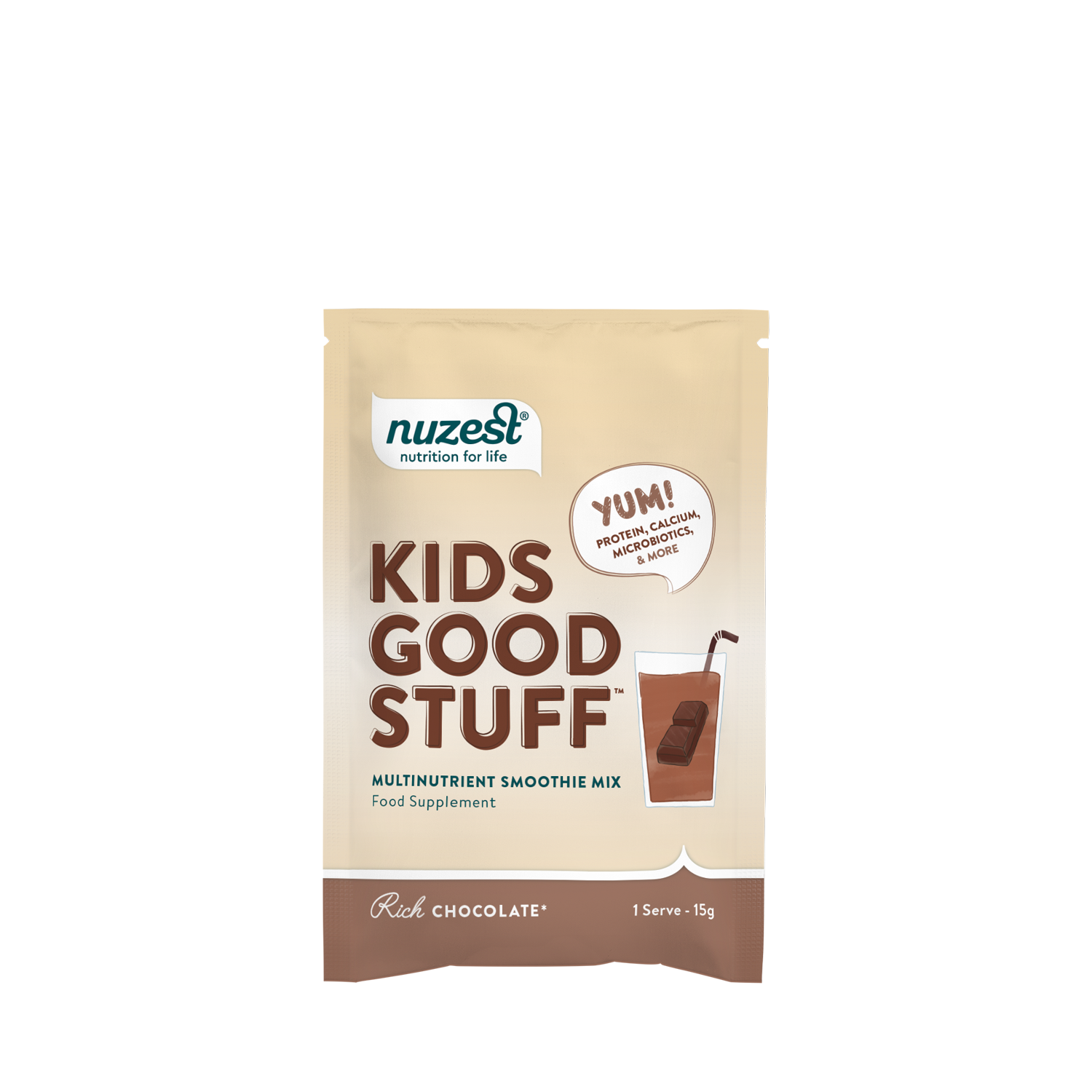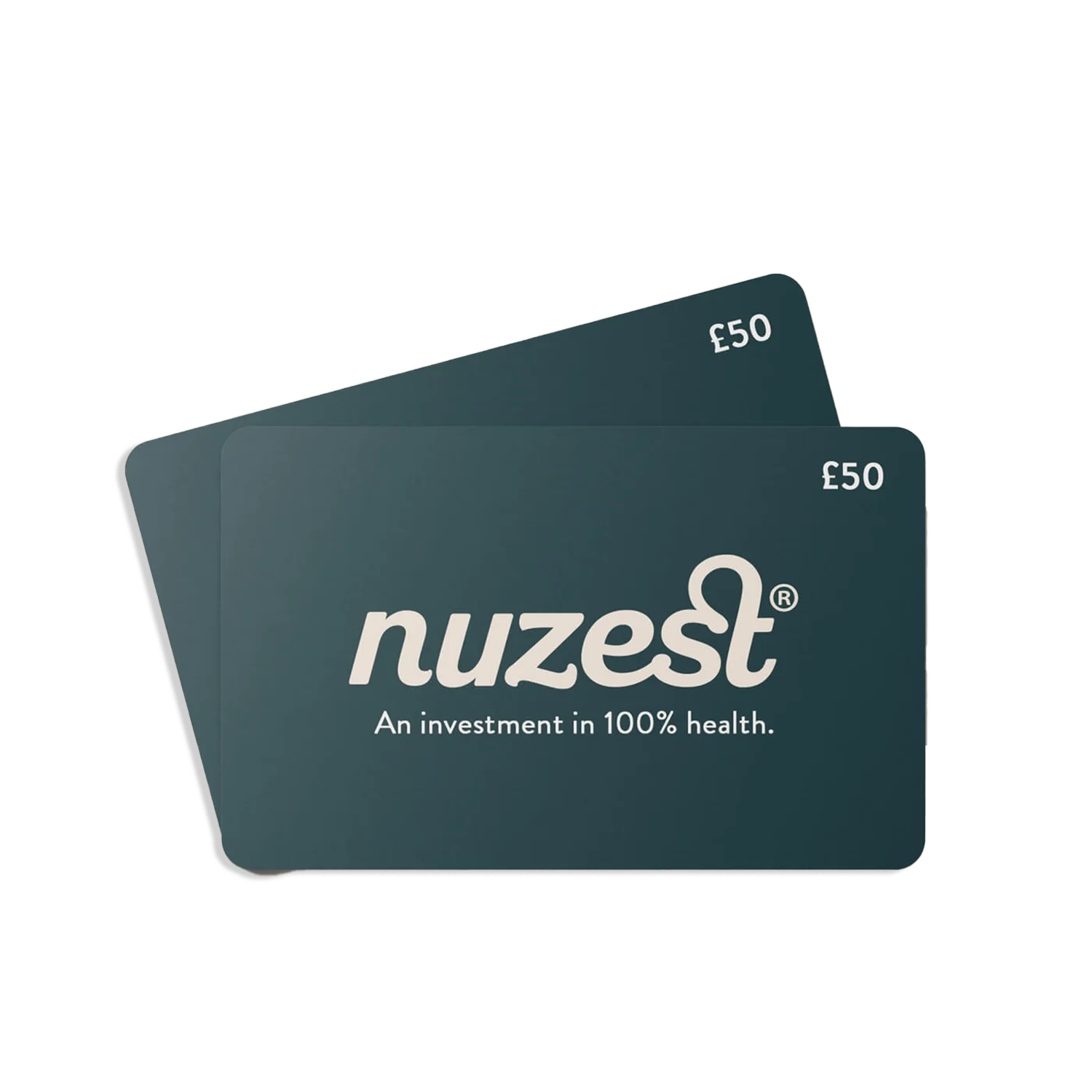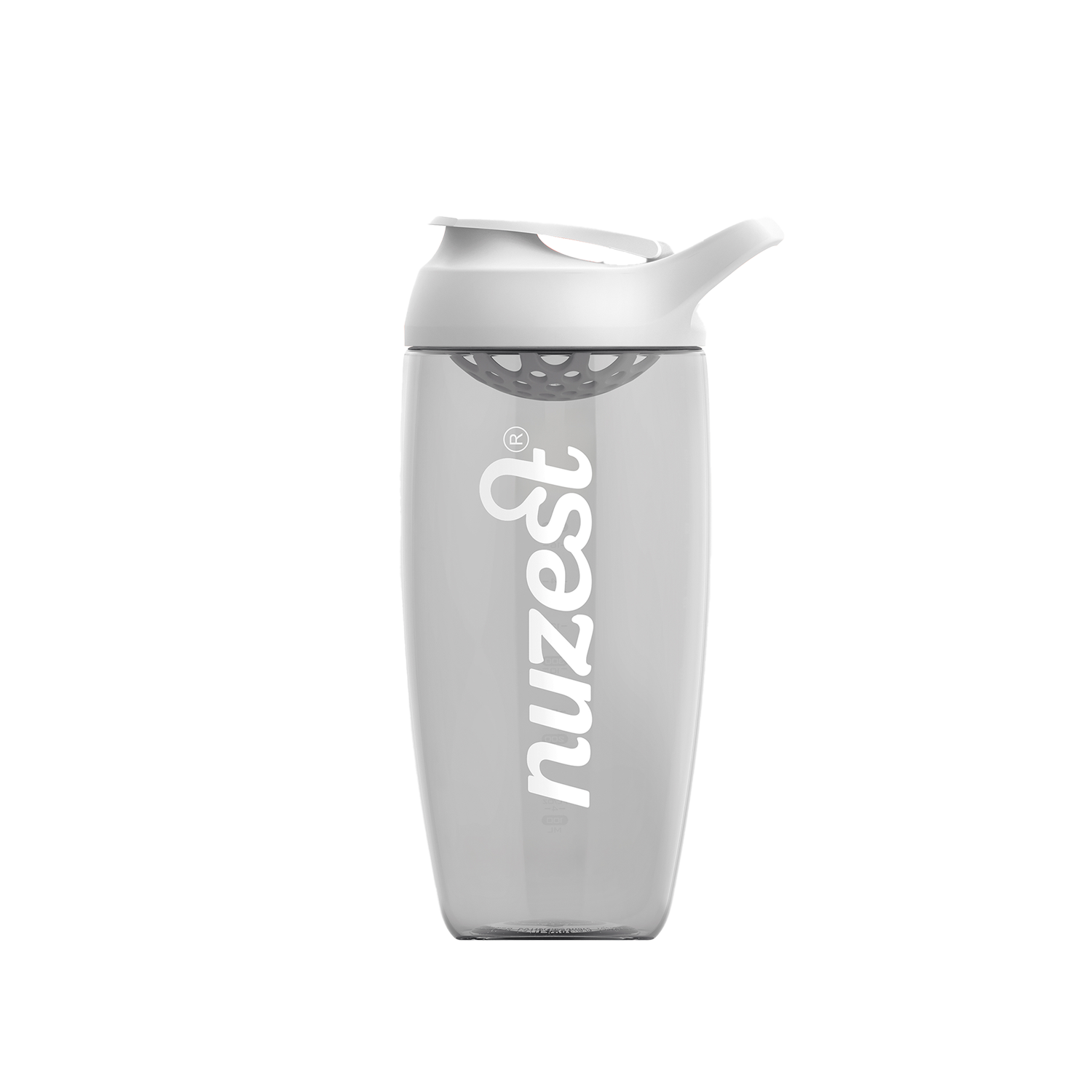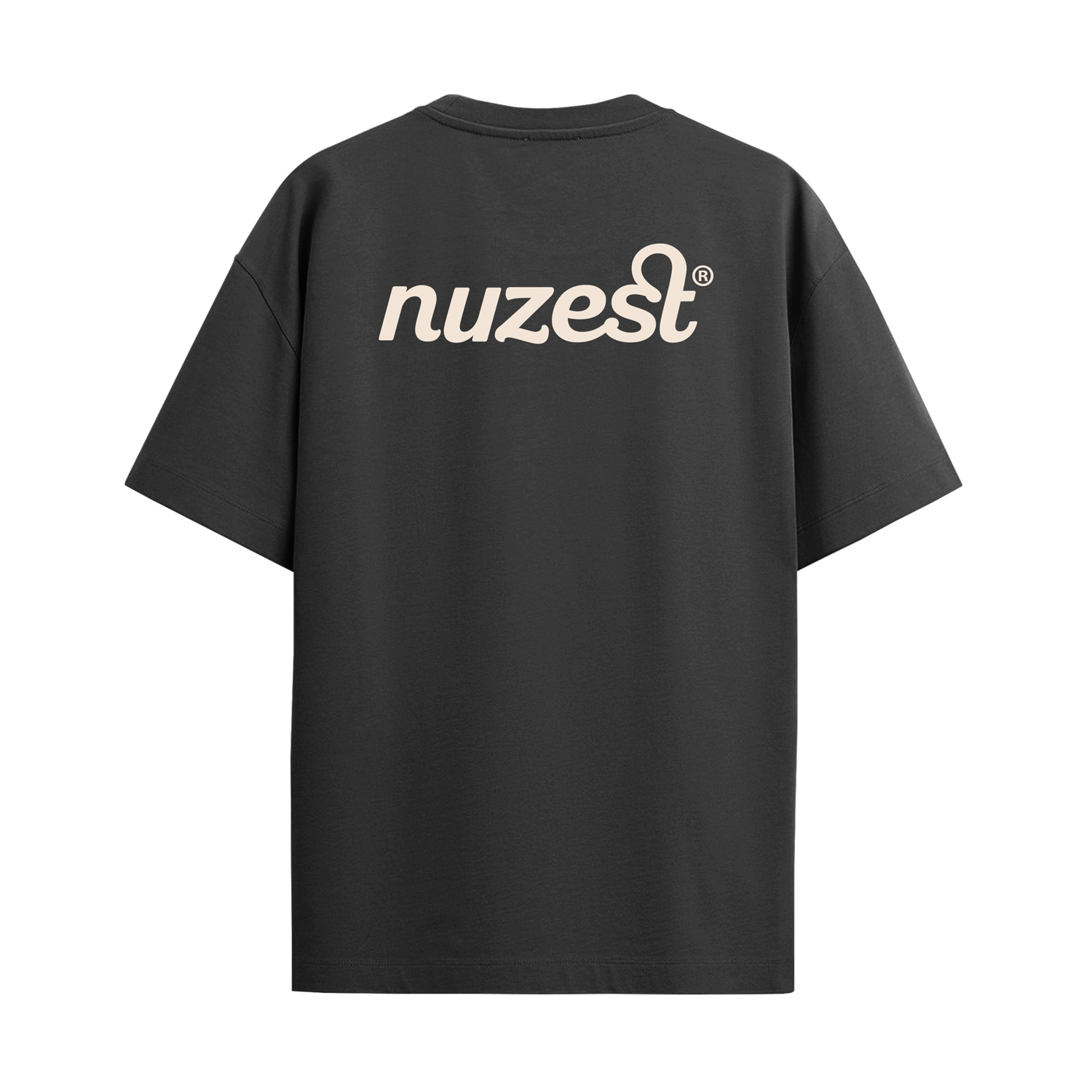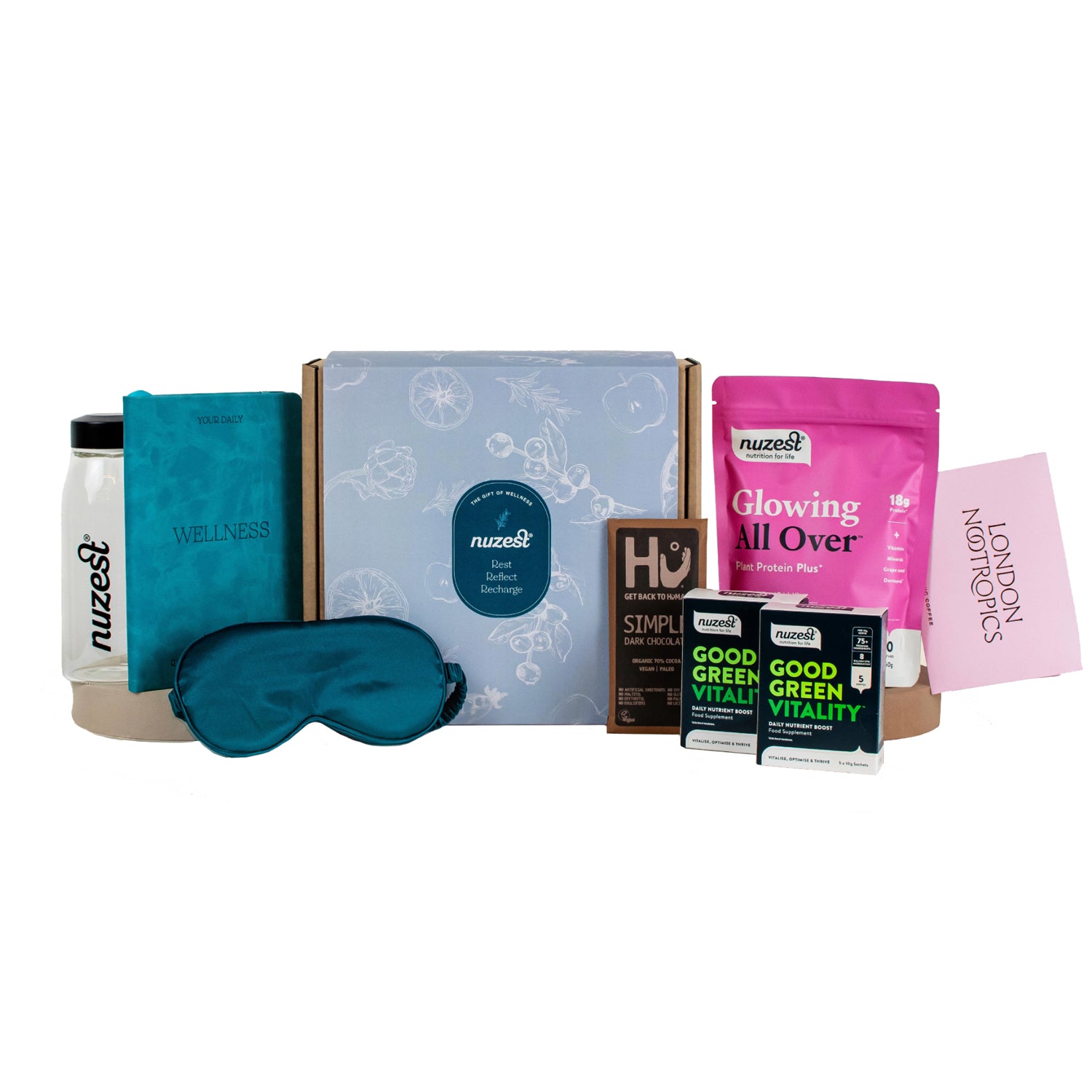Bacillus coagulans
Microbiotic
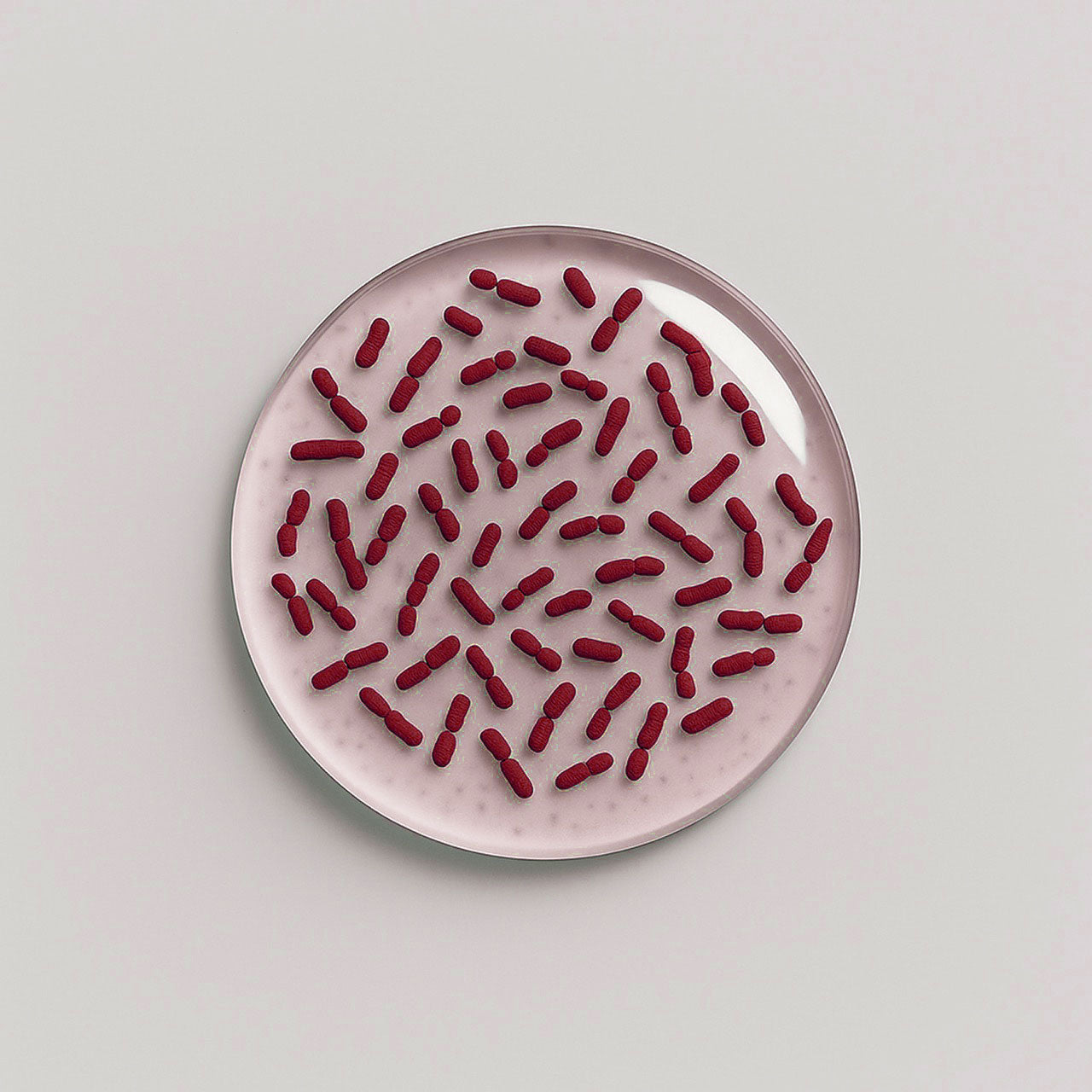
Bacillus coagulans is a spore-forming, lactic acid-producing bacterium commonly used as a microbiotic. It is known for its ability to survive harsh stomach acid conditions, enabling it to reach the intestines where it can support gut health and immune function.
Products:
Bacillus coagulans and Gut Health
Bacillus coagulans has been shown to support digestive health by reducing symptoms like gas, bloating, and irregular bowel movements in individuals with functional gastrointestinal disorders. Clinical trials also demonstrate its ability to positively modulate the gut microbiota by increasing beneficial bacteria such as Faecalibacterium and Ruminococcus, contributing to overall digestive wellness.¹ ²
Bacillus coagulans and Immunity
This microbiotic strain may play a supportive role in immune health by enhancing mucosal barrier integrity and promoting immune balance. Laboratory studies suggest that B. coagulans can modulate cytokine responses and maintain gut microbial equilibrium, which are crucial for optimal immune function.³ ⁴
Does Bacillus coagulans Have Anti-inflammatory Properties?
Research indicates that B. coagulans exhibits anti-inflammatory effects by down regulating pro-inflammatory markers in models of colitis and promoting gut mucosal healing. Its fermented metabolite LactoSporin also shows anti-inflammatory and antioxidant activity in human skin cells, including the inhibition of collagen-degrading enzymes.⁵ ⁶

